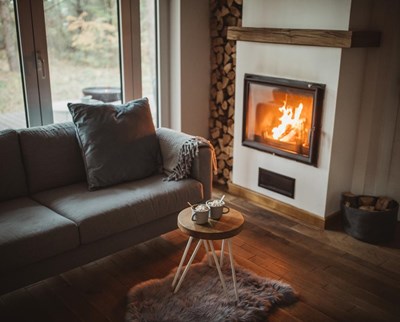
Brisk temperatures and snow storms call for a cozy night sitting near the fireplace. Although the warmth and smell of the fire is relaxing, you may not realize that the intake of wood smoke may not be good for you.
Over 27 million U.S. homes feature a fireplace, and many of these burn wood. According to the Contra Costa (Calif.) Health Services Department, up to 70% of the smoke from chimneys rebounds into homes nearby. The tiny particles in wood smoke are so small that even well secured windows and doors can’t block their entrance. Even if you don’t have a fireplace in your home, indoor air quality may be poorly affected by fireplaces in your neighborhood.
Fireplaces and woodstoves release pollutants into the air you breathe.
These pollutants include smoke particles that could impact indoor air quality and negatively impact those with sensitivities to asthma and allergies.
Considering the potential for harmful pollutants released from heat sources such as fire places, it may be helpful to use an air purifier with a separate air quality monitor that measures the air quality in the room. TruSens air purifiers with a SensorPod remote air quality monitor measures particle pollutants in your room and the purifier responds to changing conditions of the air quality accordingly. TruSens includes a 360 DuPont filter and UV-C Light to eliminate harmful pollutants and deliver cleaner air.
